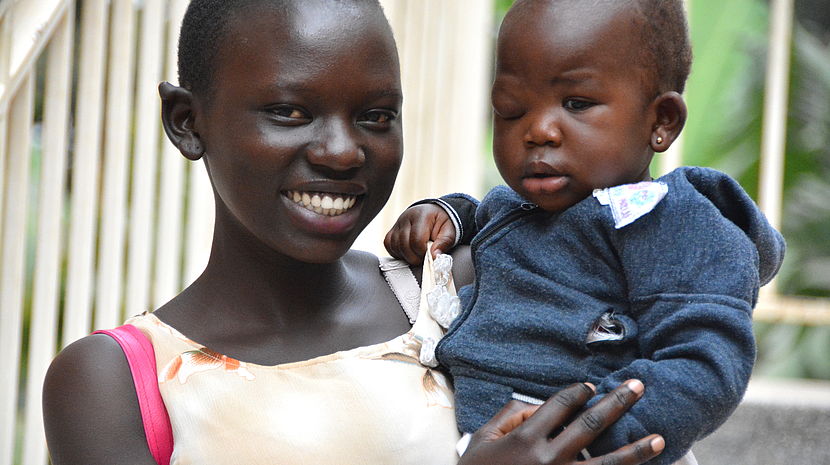Promise of technology for inclusive Disaster Risk Reduction and Emergency Response

The theme of the 2014 International Day of Persons with Disabilities is ‘Sustainable Development: The Promise of Technology’. To ensure full inclusion in emergency response and maximum resilience for all in Disaster Risk Reduction (DRR), technology must be accessible.
Technology in humanitarian action
From early warning systems to resilient infrastructure, technology is playing an increasingly important role at all stages of Disaster Risk Reduction and Emergency Response.
Examples in Disaster Risk Reduction (DRR) include development of database systems to ‘map’ most at-risk families (disaggregating data), and use of latest materials, software and design techniques when planning evacuation routes and emergency shelters.
When disasters happen, technology is again invaluable, from traditional methods of warning messages via sirens, loudspeakers, radio and television, to internet, mobile phones and cutting-edge automated nationwide early warning systems, such as Japan’s J-alert.
In responding, fast and efficient information and communications technology (ICT) is essential, and during rebuilding greatest resilience is achieved by embracing latest expertise. Specifically, mobile technology can facilitate cash transfers and although the use of drones in humanitarian responses is in its infancy, its potential is clear.
Social media in particular is one technology which is rapidly being utilised as a channel for exchange of information and a tool to mobilise and coordinate people. From unified hashtags to maps of immediate needs and crowd-sourcing, there are already examples of the cluster system using aggregated social media data.
The importance of accessibility in technology
People who live with some form of disability comprise an estimated 15% of the world’s population. They are some of the people most at-risk during disasters and they are also recognised as a resource of knowledge and experience that can help build resilience of their communities. It is essential therefore, that they can use and benefit equally from technology as it develops.
Failure to develop technology in an inclusive, accessible way is discriminatory; it will exclude people with disabilities from lifesaving work and weaken communities as a whole.
Fittingly however, technology development and accessibility are mutually beneficial, and a barrier-free environment helps to ensure full and equal participation in society by all, regardless of age, gender or ability.
Examples of access in technology include
- Smartphones and cellular data networks – when accessible, have the potential to greatly increase the dissemination of information
- Internet – when websites are accessible, all users can use the internet
- Built environment – when planning incorporates the Principles of Universal Design, it is more accessible for everyone
- Assistive devices – from wheelchairs to screen readers, the capacity of specific assistive devices is constantly improving over time, allowing people who use them greater independence and access to society
Challenges
Although the increase of use of technology is an opportunity to ensure humanitarian action is more accessible, there are challenges, including:
- During emergency situations power and communication signals are often lost, rendering equipment temporarily unusable
- People who are most at risk are often the poorest in their communities, so may have least access to latest devices.
The way forward
Ensuring that technology used in humanitarian action is developed in an accessible way will mean that people with disabilities can fully participate in DRR measures and emergency responses. The benefits of this accessible technology will be maximised by prioritising reliability and end-user affordability. Only with full inclusion in this way can community resilience and disaster relief and recovery work reach their full potential.
Humanitarian Action
CBM working with local partners to ensure that people with disabilities are included at all levels of disaster preparedness and response.
Read more